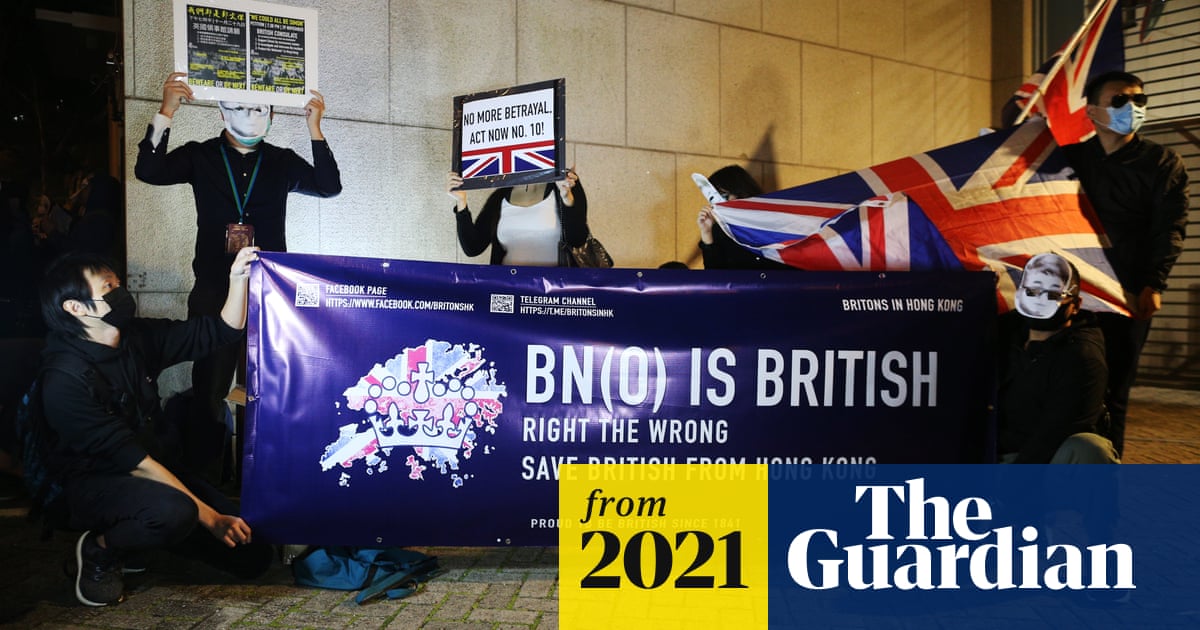2aguy
Diamond Member
- Jul 19, 2014
- 112,558
- 52,805
- 2,290
Drop dead bernie.....how about doing what New Zealand has done....
America will have to relearn this lesson....
In 1950, New Zealand ranked as one of the 10 wealthiest countries on the planet, with a relatively free economy and strong protections for enterprise and property. Then, under the growing influence of welfare state ideas that were blossoming in Britain, the United States and most of the Western world as well, the country took a hard turn toward government control of economic life.
The next two decades produced a harvest of big government and stagnation. Increasingly, New Zealanders found themselves victims of exorbitant tariffs, torturous regulations, massive farm subsidies, a huge public debt, chronic budget deficits, rising inflation, costly labor strife, a top marginal income tax rate of 66 percent, and a gold-plated, incentive-sapping welfare system.
The central government in those years established its own monopolies in the rail, telecommunications, and electric power businesses. About the only things that grew during the period from 1975 to 1983 were unemployment, taxes, and government spending. This was the “democratic socialism” that Bernie Sanders admires, but which New Zealanders eventually realized was a national calamity.
With an endless roster of failed government programs and economic ruin staring them in the face, the country’s leaders in 1984 embarked upon one of the most comprehensive economic liberalization programs ever undertaken in a developed nation. The two heroes most responsible for this radical redirection were Rog
------
All farm subsidies were ended in six months. Tariffs were cut by two-thirds almost immediately (today the average tariff is just 1.4 percent). Most imports enter the country completely free—or very nearly so—of any quota, duty, or other restriction.
Taxes were slashed. The top rate was cut to 33 percent, half of what it was when the big government crowd was in charge. The books were finally opened so people could actually see what government elites in Wellington were spending their money on.
From the mid 1980s into the 1990s, the New Zealand government sold off dozens of money-losing state enterprises. The government workforce in 1984 stood at 88,000. In 1996, after the most radical downsizing anywhere in recent memory, its public sector workforce stood at less than 36,000—a reduction of 59 percent.
Establishing a new business in New Zealand was made quick and easy, largely because the regulations that were not abolished were finally applied evenly and consistently. At the same time, compulsory union membership was abolished, as were union monopolies over various labor markets.
---
The dramatic changes paid handsome dividends. The national budget was balanced, inflation plummeted to negligible rates, and economic growth surged ahead at between 4 percent and 6 percent annually for years.
New Zealand’s national government bobs back and forth between the major political parties but the reforms of nearly four decades ago have remained largely intact. By some important indexes, the country is in a remarkable and enviable position.

 fee.org
fee.org
America will have to relearn this lesson....
In 1950, New Zealand ranked as one of the 10 wealthiest countries on the planet, with a relatively free economy and strong protections for enterprise and property. Then, under the growing influence of welfare state ideas that were blossoming in Britain, the United States and most of the Western world as well, the country took a hard turn toward government control of economic life.
The next two decades produced a harvest of big government and stagnation. Increasingly, New Zealanders found themselves victims of exorbitant tariffs, torturous regulations, massive farm subsidies, a huge public debt, chronic budget deficits, rising inflation, costly labor strife, a top marginal income tax rate of 66 percent, and a gold-plated, incentive-sapping welfare system.
The central government in those years established its own monopolies in the rail, telecommunications, and electric power businesses. About the only things that grew during the period from 1975 to 1983 were unemployment, taxes, and government spending. This was the “democratic socialism” that Bernie Sanders admires, but which New Zealanders eventually realized was a national calamity.
With an endless roster of failed government programs and economic ruin staring them in the face, the country’s leaders in 1984 embarked upon one of the most comprehensive economic liberalization programs ever undertaken in a developed nation. The two heroes most responsible for this radical redirection were Rog
------
All farm subsidies were ended in six months. Tariffs were cut by two-thirds almost immediately (today the average tariff is just 1.4 percent). Most imports enter the country completely free—or very nearly so—of any quota, duty, or other restriction.
Taxes were slashed. The top rate was cut to 33 percent, half of what it was when the big government crowd was in charge. The books were finally opened so people could actually see what government elites in Wellington were spending their money on.
From the mid 1980s into the 1990s, the New Zealand government sold off dozens of money-losing state enterprises. The government workforce in 1984 stood at 88,000. In 1996, after the most radical downsizing anywhere in recent memory, its public sector workforce stood at less than 36,000—a reduction of 59 percent.
Establishing a new business in New Zealand was made quick and easy, largely because the regulations that were not abolished were finally applied evenly and consistently. At the same time, compulsory union membership was abolished, as were union monopolies over various labor markets.
---
The dramatic changes paid handsome dividends. The national budget was balanced, inflation plummeted to negligible rates, and economic growth surged ahead at between 4 percent and 6 percent annually for years.
New Zealand’s national government bobs back and forth between the major political parties but the reforms of nearly four decades ago have remained largely intact. By some important indexes, the country is in a remarkable and enviable position.

New Zealand's Path to Prosperity Began With Rejecting Democratic Socialism
A few decades ago, New Zealand's economy was so regulated one required a doctor's prescription to purchase margarine. Today, it ranks #1 on the Fraser Institute's Human Freedom index. And the results of this economic transformation are unmistakable.
 fee.org
fee.org





